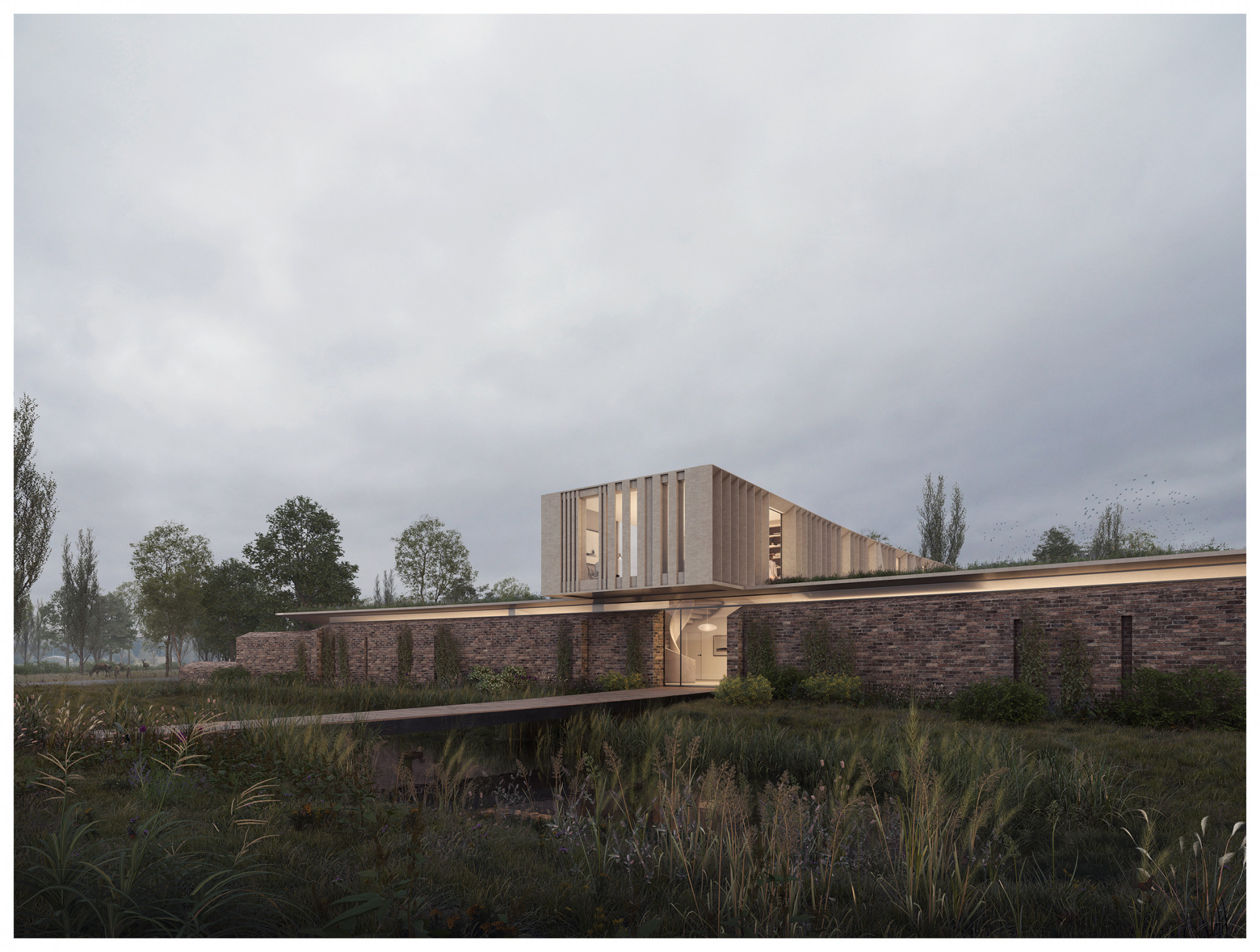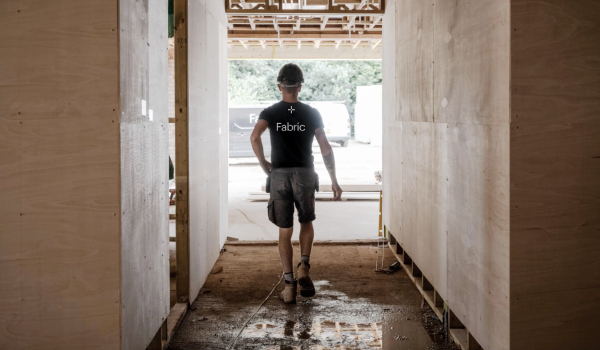 Back to Journal
Back to Journal

News - March 2023
Paragraph 80 Houses: Everything You Need to Know
For homeowners and architects alike, Paragraph 80 houses are the pinnacle of home building. By definition, these are new homes boasting spectacular designs and unique architectural innovation, set in the beauty of the countryside. Because of the exceptional standard to which Paragraph 80 houses must comply, obtaining planning permission can be difficult.
In this blog piece we expand upon the requirements of Paragraph 80 houses and the history of the policy. At Fabric Design and Build, our collective of architects, designers and construction specialists encompass the perfect partners for a Paragraph 80 build, as illustrated by our portfolio of bespoke architectural successes.
What is Paragraph 80?
The National Planning Policy Framework's (NPPF) Paragraph 80 regulates the building of standalone homes in the countryside. Since the introduction of the policy in 1997, there have been, on average, fewer than five grand design houses per year built in areas meeting the definition of open countryside. This highlights the complexity of securing Paragraph 80 planning permission - though it is not completely unattainable.
As per the NPPF, Paragraph 80 states:
“Planning policies and decisions should avoid the development of isolated homes in the countryside unless one or more of the following circumstances apply:
The design is of exceptional quality, in that it:
- is truly outstanding, reflecting the highest standards in architecture, and would help to raise standards of design more generally in rural areas; and
- would significantly enhance its immediate setting, and be sensitive to the defining characteristics of the local area.”
The terminology is indicative of the exceptional design and build required to secure planning permission.
Deconstructing the Requirements Outlined in Paragraph 80
There are five significant requirements specified in Paragraph 80. In the order listed, there are:
Exceptional quality
To be approved, your home must not only challenge traditional building design and construction, but also integrate harmoniously with its environment.
Reflecting the highest standards in architecture
Paragraph 80 houses go beyond aesthetic appeal. It is essential for design and construction to employ the latest trends, such as sustainability, conservation and ground-breaking use of materials.
Help to raise standards of design in rural areas
Urban-style developments are unlikely to pass approval, as detailed here. Project plans should, when possible, play off the natural characteristics of the area.
Significantly enhance its immediate setting
It is important to establish a clear and significant link between the architecture of your build and the natural surroundings. In so doing, the natural beauty of the area is amplified by the inclusion of your home.
Sensitive to the defining characteristics of the local area
Because of the unique nature of Paragraph 80 houses, every site requires a bespoke proposal plan.
It is important to have good knowledge of building methods and materials specific to the area.
The History of Paragraph 80
Since its commencement in 1997, the policy, intended to keep up the centuries-old tradition of building stately homes in the English countryside, has undergone three amendments.
1997: The policy is introduced by Environment Secretary John Gummer.
2004: The first amendment to the policy is made. Notably, this amendment included the wording: “Very occasionally, a proposed new house may provide justification for granting planning permission”.
2012: The second amendment to the policy dropped the above wording, instead focusing on the design requirements, labelling these as “truly outstanding or innovative”.
2021: The final amendment to date, the policy, quite significantly, now no longer contains the word “innovative”.
Expert Paragraph 80 Architects
Passionate about creating beautiful spaces, Fabric Design and Build is based in Solihull, Birmingham, and provides a wealth of professional advice, bespoke architectural design, and high-quality builds.











